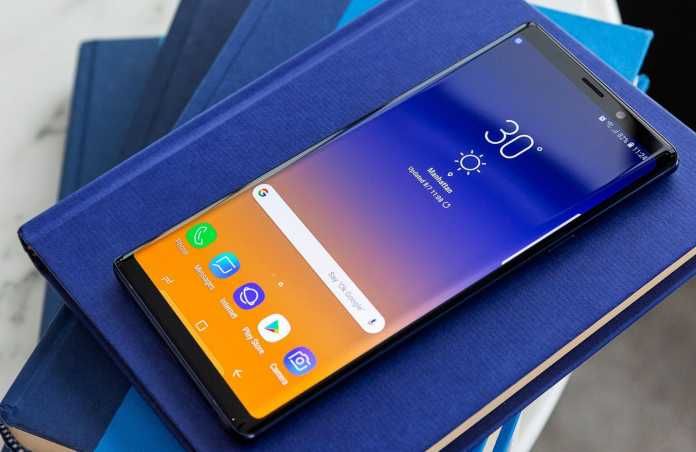Samsung has today launched the Galaxy Note 9, and Samsung is doubling down on everything that the Note series represents: productivity and performance. It has all the top notch specs for a flagship in 2018, the screen is bigger, its S Pen has more tricks than ever before, and the battery is huge. Samsung’s DeX software is also now built right into the phone —which means no dock required — so you can plug it into any external display for a desktop-like experience.
The Specs
The Note 9 will be sold in two configurations:
- 128GB / 6GB RAM model for $999
- 512GB / 8GB RAM version for $1,250.
- Save for the rear fingerprint sensor that has been moved to a more sensible spot below the camera
- 6.4 Inch Super AMOLED Quad HD+ screen
- Qualcomm’s Snapdragon 845 processor
- Water resistance,
- Fast wireless charging,
- Expandable microSD storage
- Headphone jack are still here.
- Bixby button
- Toss in 512GB microSD card into the 512GB Note 9, and you’ll have a phone with 1TB of storage
- Android 8.1 Oreo
- Samsung Pay
- Noise-canceling AKG headphones
- Preorders begin on August 10th, and the phone will be available on August 24th at all major carriers or direct (and unlocked) from Samsung.
The battery
The battery is 4,000mAh, which is the largest that’s ever been in a Note. It also eclipses many of today’s other Android flagships. While the Note 7 recall disaster is in Samsung’s rearview mirror, it certainly hasn’t been forgotten. In addition to running the Note 9 battery through its own multipoint safety check, Samsung has had it validated and certified by outside companies UL and Exponent. So yes, the company came ready for your exploding phone jokes.
Cameras
Just like the Galaxy s9, you get the same two 12-megapixel cameras and the same dual-aperture (f/1.5 or f/2.4) trick with the primary, wide-angle camera. Both lenses have optical image stabilization. For the Note, Samsung is focusing its camera improvements on software and artificial intelligence.
A new Scene Optimizer mode can analyze the subject you’re pointing the camera at and identify up to 20 different scenarios (food, pets, sunsets, plants, urban / street, etc.). It then automatically applies changes to brightness, contrast, saturation, and white balance before you snap the shot to ensure the best possible end result. A lot of Android phone makers are trying these AI optimizations, but the results have been very mixed. There’s always regular auto mode or manual mode if you prefer. More useful — assuming that it works — is the new Flaw Detection feature that will let you know if a shot was blurry, if someone blinked, or if an image was too backlit and blown out.

The S-Pen
The Note 9’s S Pen comes with all the same drawing prowess and levels of pressure sensitivity as last year, but now Samsung has added Bluetooth to the stylus (Bluetooth Low Energy, more specifically). This lets you use the S Pen as a remote shutter for the camera, which might come in handy if you’re taking a big group photo or some other posed shot. It can be your slide clicker during presentations, or you can play / pause your music apps with presses of the button. Obviously, all of this stuff is optional. By default, pressing and holding the S Pen’s button will open the camera, but you can customize that shortcut to open any app you want. Sure would be nice if the Bixby button could do that.
To alleviate any battery life concerns with its stylus, Samsung built a supercapacitor into it for extremely rapid charging whenever it’s seated in the phone. Despite its more flexible capabilities, the company insists that the S Pen will be ready to go whenever you pull it out of the slot.
All in all, it has the big, beautiful screen, the long-lasting battery, a stylus, a very good camera, a top-of-the-line spec sheet, and it’s striving to be more than just a bigger Galaxy S9 with a stylus. There’s also both a water cooling system and supercapacitor in this phone.


